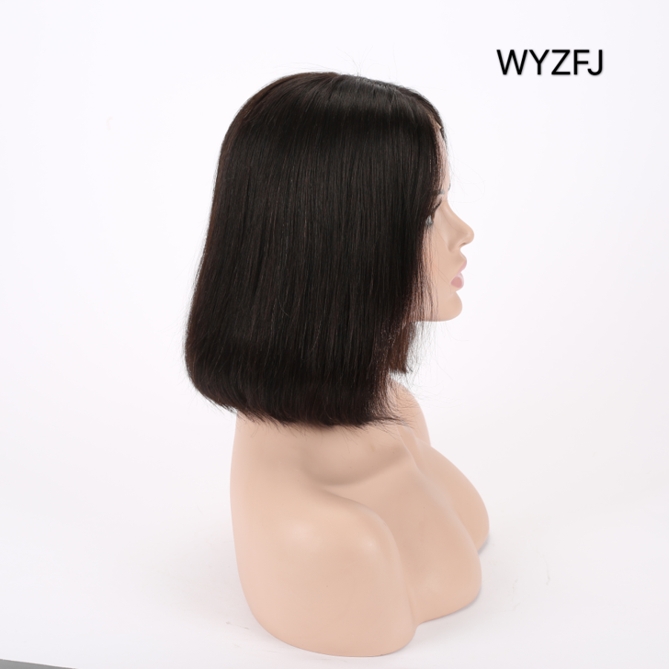
WYZFJ wig
WYZFJ wig
0 Reviews
$
7.60
$7.60
-0%
Qty:
In stock
30-day Return Policy,
Learn More
Description
Product Detail

customers reviews ( 0 )
0
/ 5.0
5 stars
0%
4 stars
0%
3 stars
0%
2 stars
0%
1 stars
0%











